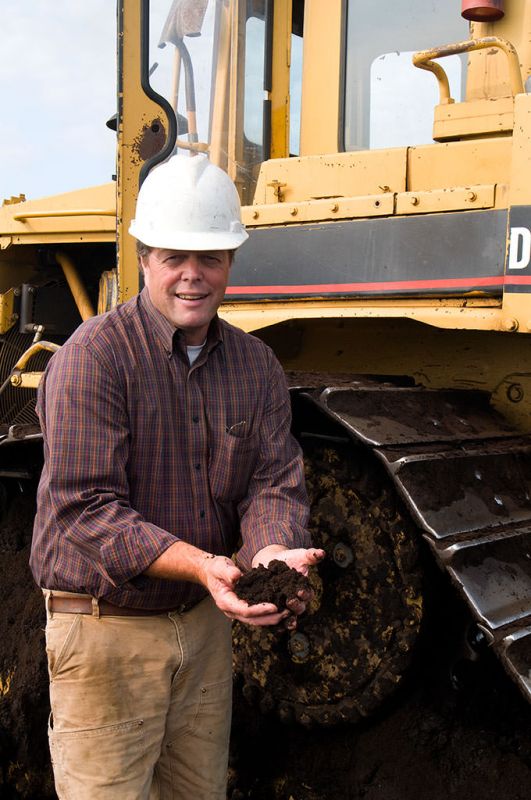Ancient Solution to Heavy Metal Pollution
Published on by Water Network Research, Official research team of The Water Network in Technology
Cleaning polluted water can be difficult and expensive. But a northern Minnesota company says it's developed a natural, cheap technology to reduce one type of toxic pollution — heavy metal contamination.
The product is totally low-tech. It's made from peat. And Minnesota has lots of that.
 In Aitkin, north of Lake Mille Lacs, American Peat Technology harvests and processes massive amounts of waterlogged peat from the bed of a long-gone lake. The reed-sedge peat is plant material that has been decomposing for thousands of years.
In Aitkin, north of Lake Mille Lacs, American Peat Technology harvests and processes massive amounts of waterlogged peat from the bed of a long-gone lake. The reed-sedge peat is plant material that has been decomposing for thousands of years.
American Peat's main product is a processed granulized peat. It's applied to plants and helps them draw nitrogen from the air, reducing the need for fertilizer.
They believe the company's future lies in protecting water from pollution. Reed-sedge peat has a natural ability to extract metals from water. Metals can flow into water from a variety of sources, including industrial and agricultural.
A lot of companies are already required to monitor and control metals in stormwater run-off. CEO Doug Green predicts demand for effective water treatments will grow. "Metals are going to be more and more of an issue," he said.

Image: American Peat Technology CEO Doug Green
Image source: American Peat Technology
He's permitted to harvest the peat and says he's on top of discharges, reclamation and other environmental matters.
Statewide surveys have found relatively low levels of metals in water in Minnesota, except for mercury. But operations such as auto recycling yards and manufacturing plants must monitor water run-off and for metals and other contaminants and take corrective action if they exceed limits.
The PCA is also looking for sulfates in lakes and streams. Sulfates are a problem for wild rice and there's major controversy in Minnesota about appropriate regulation.
American Peat is also working on a proprietary method that uses peat to capture sulfates in water. Green, the CEO, says the product is reusable.
"You can load it with sulfate and then strip the sulfate off. Load it again. Strip it. Load it. Strip it," he said.
The University of Minnesota Duluth helped American Peat refine its pollution-fighting products.
"We were able to develop the technology to make it more effective, more efficient," said Igor Kolomitsyn, a chemist at the university's Natural Resources Research Institute.
American Peat hopes Jones is a harbinger of soaring demand for pollution-fighting peat. The company is spending millions on research and development in a bet that peat will become a game changer.
Source: MPR News
Media
Taxonomy
- Treatment
- Treatment Methods
- Heavy Metal Removal
- Heavy metals
- water treatment
1 Comment
-
my company filed a
Patent no.IN 201811011885 titled BIOREMEDIATION SYSTEMS AND METHODS FOR REMOVING DAMAGING HEAVY METALS FROM INDUSTRIAL EFFLUENTS as a Inventor. the method is again completely biological and allows the heavy metals to be reused in the system again bringing down the costs and wastage.